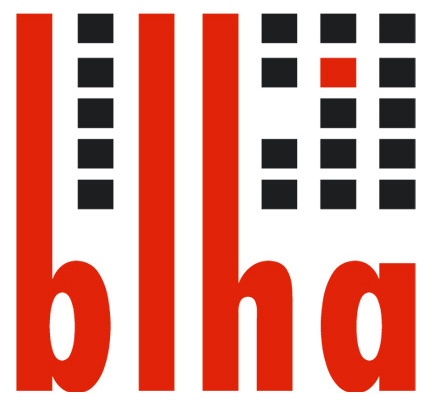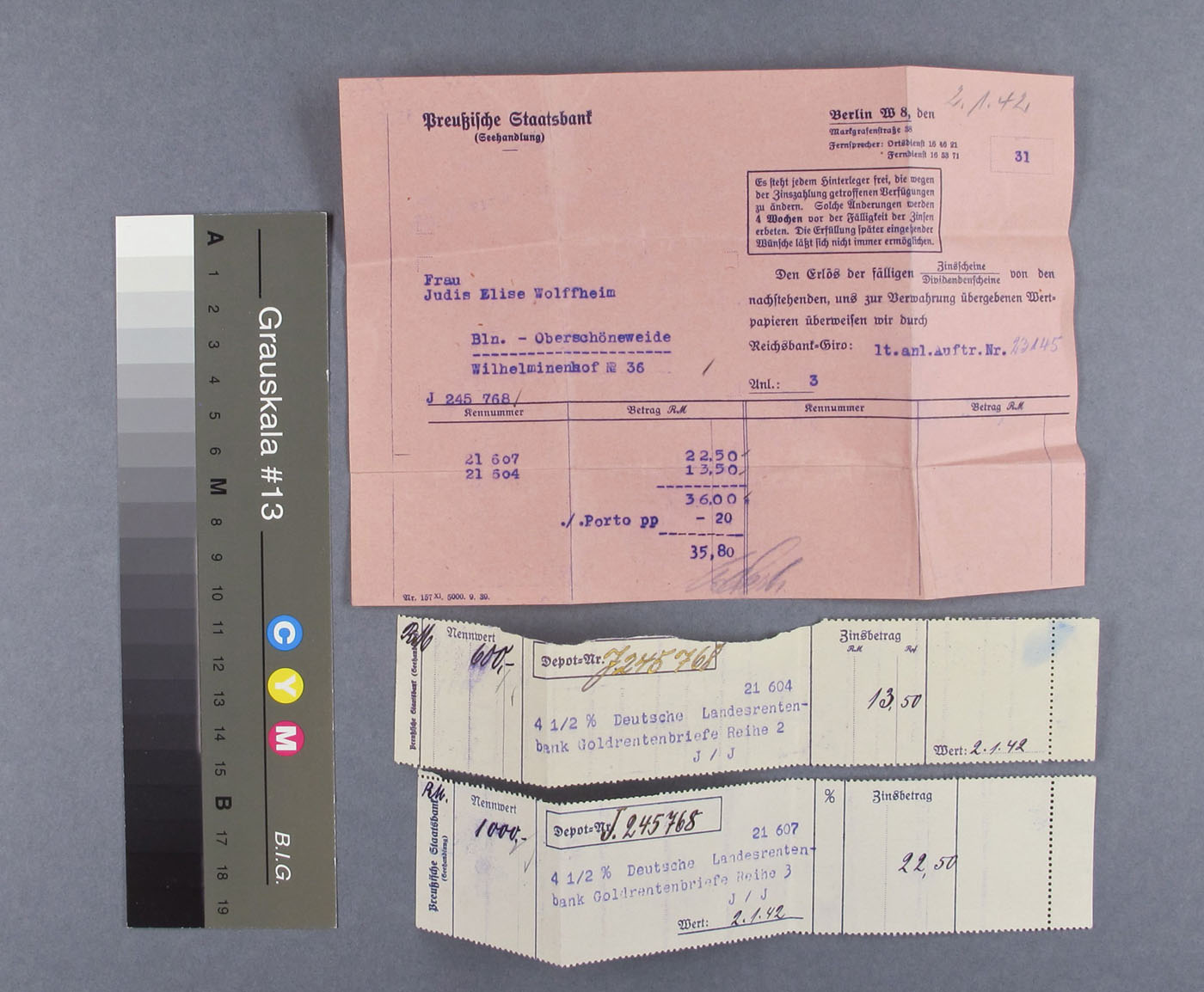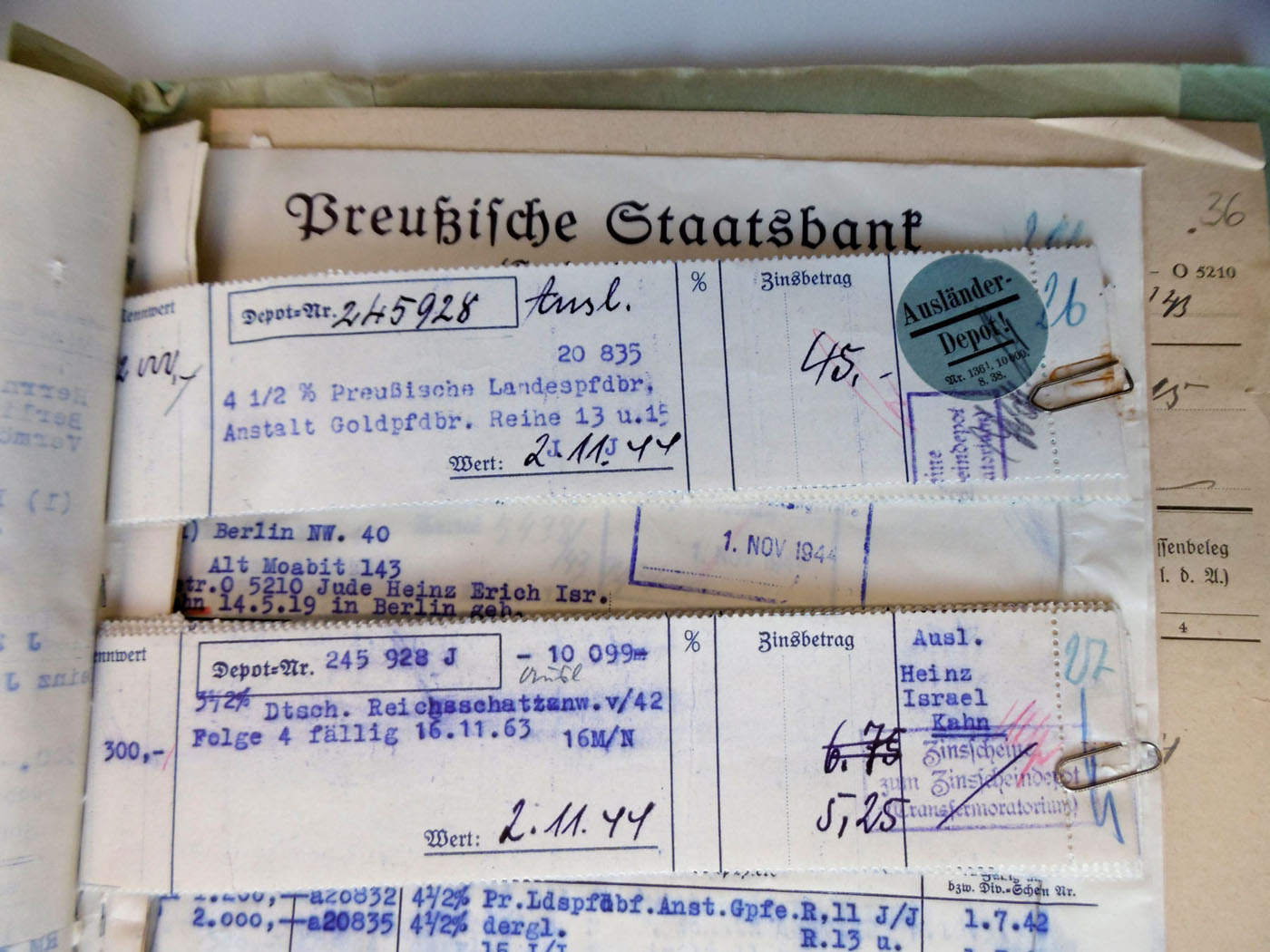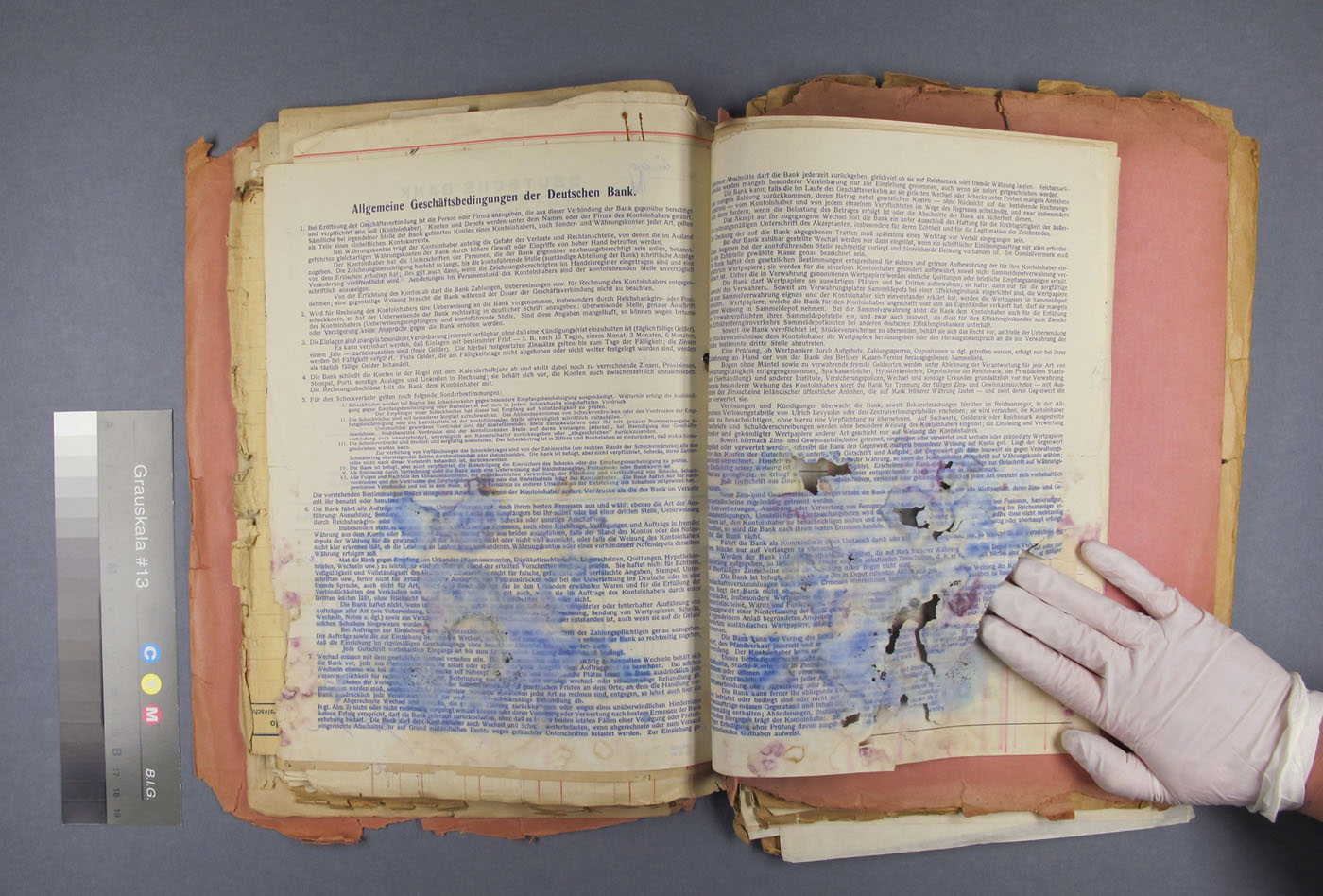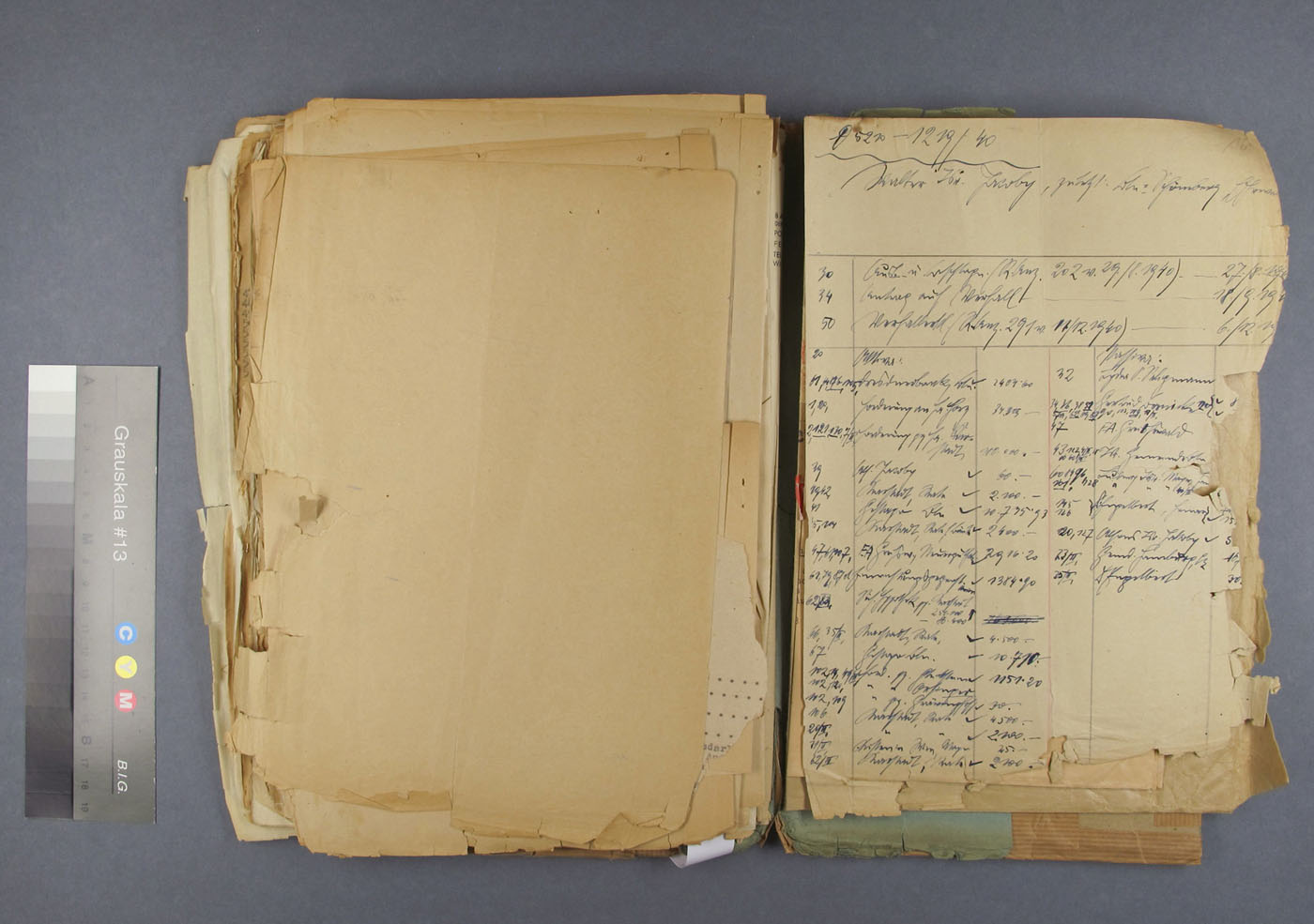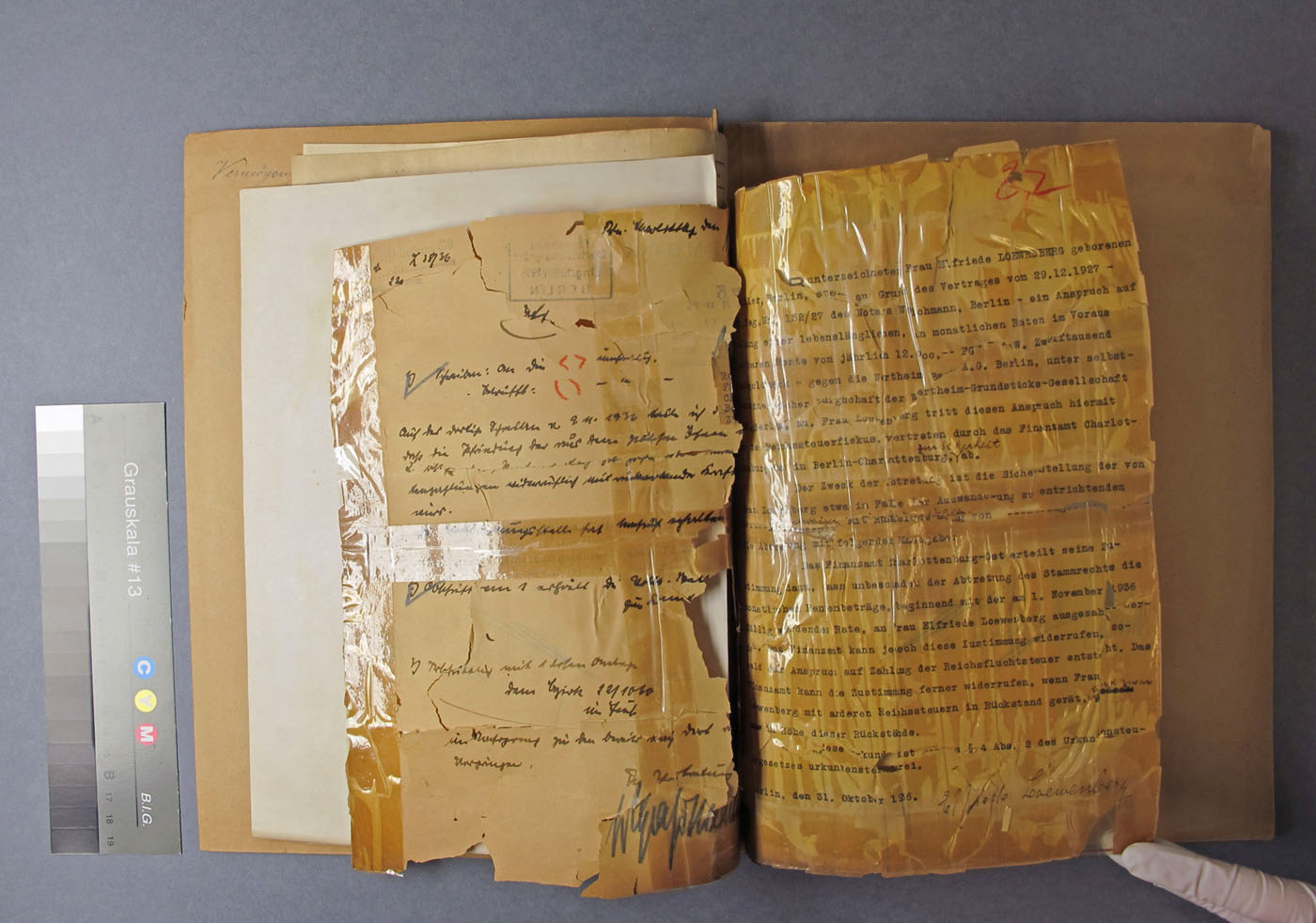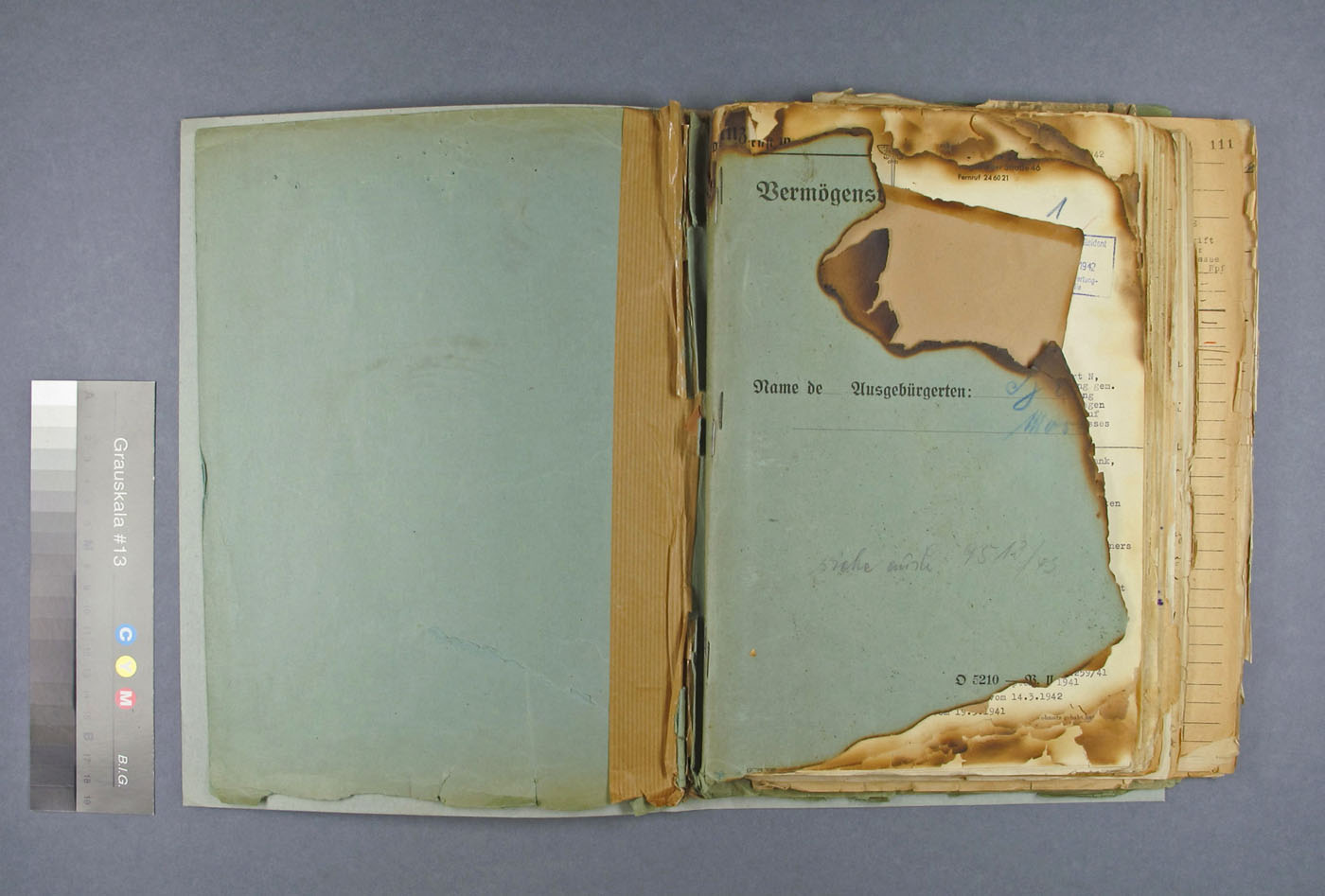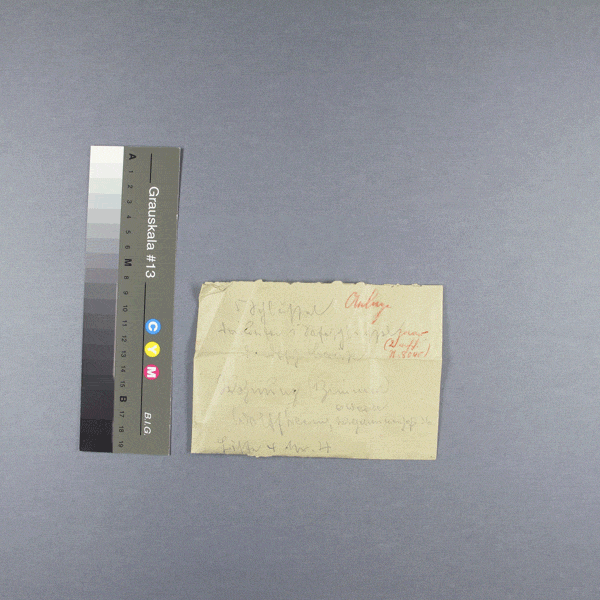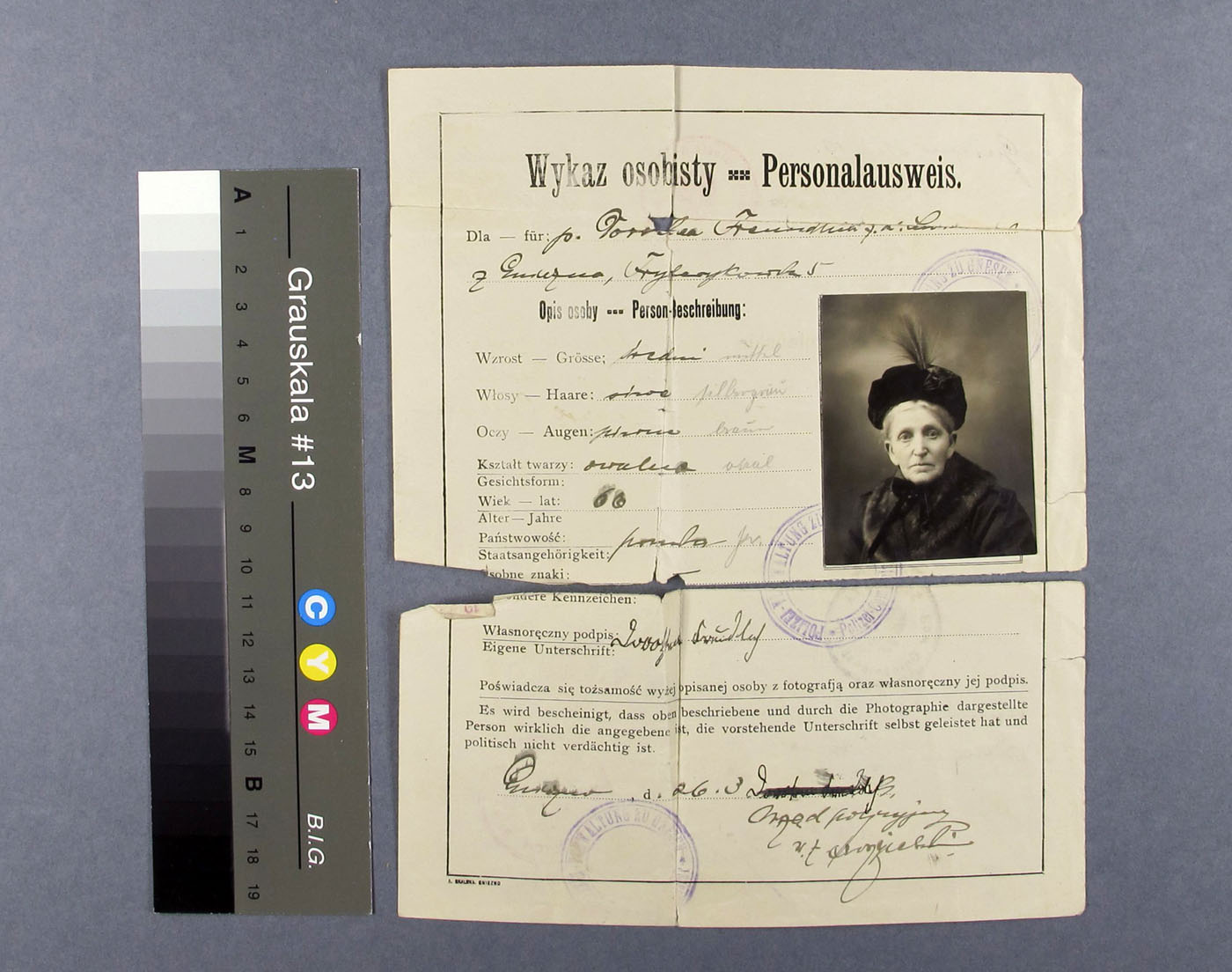Cleaning and closing cracks - restoration
After around eight decades of use, the 42,000 or so files in the collection show varying degrees of wear and damage. In addition, the acidic paper is at risk of accelerated decay, which can only be slowed down by extensive treatment. In order to preserve the archive records in the long term and enable their digitisation, the two restorers working on the project examined the historical documents sheet by sheet - more than one million sheets - and determined restoration and conservation measures. The files are cleaned, deacidified and restored in packages at the Leipzig Centre for Book Preservation (ZFB).
Preparation and restoration of documents

Condition survey in the state main archive
The serial appraisal of the files makes it possible to obtain an exact overview of the damage patterns and thus precisely determine the necessary restoration work. The following data is recorded in this step:
- Number of sheets
- Are the sheets stapled or bound?
- Which files contain material that requires special intervention?
- Overformats
- Mould
- Mechanical damage, e.g. tears, defects in the paper, folded sheets, adhesions
- Time required for cleaning and removing harmful materials
- Weight of the files
- Packaging requirements
Most of the paper produced by machines in the 20th century is acidic and self-destructs over time. To slow down this process, the documents must be deacidified. Due to the large number of files, they cannot be restored and deacidified in the workshop of the State Main Archive. The archive has therefore awarded the necessary services to the ZFB following a Europe-wide tender.
After around eight decades of use, the 42,000 or so files in the collection show varying degrees of wear and damage. In addition, the acidic paper is at risk of accelerated decay, which can only be slowed down by extensive treatment. In order to preserve the archive records in the long term and enable their digitisation, the two restorers working on the project examined the historical documents sheet by sheet - more than one million sheets - and determined restoration and conservation measures. The files are cleaned, deacidified and restored in packages at the Leipzig Centre for Book Preservation (ZFB).
Preparation and restoration of documents

Condition survey in the state main archive
The serial appraisal of the files makes it possible to obtain an exact overview of the damage patterns and thus precisely determine the necessary restoration work. The following data is recorded in this step:
- Number of sheets
- Are the sheets stapled or bound?
- Which files contain material that requires special intervention?
- Overformats
- Mould
- Mechanical damage, e.g. tears, defects in the paper, folded sheets, adhesions
- Time required for cleaning and removing harmful materials
- Weight of the files
- Packaging requirements
Most of the paper produced by machines in the 20th century is acidic and self-destructs over time. To slow down this process, the documents must be deacidified. Due to the large number of files, they cannot be restored and deacidified in the workshop of the State Main Archive. The archive has therefore awarded the necessary services to the ZFB following a Europe-wide tender.

